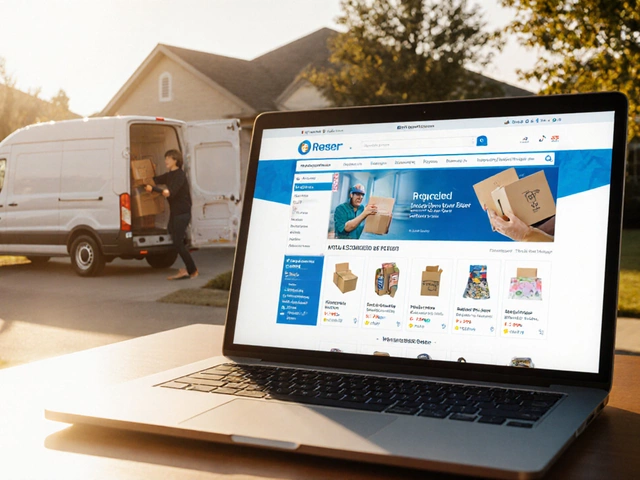Parcel Restrictions: Stay Clear of Delays and Extra Fees
Ever sent a package and got it sent back or hit with an unexpected charge? Most of those headaches come from not knowing the exact rules a courier follows. Whether you’re sending a birthday gift, a small business order, or a bulky item, understanding parcel restrictions saves time, money, and frustration.
Size and Weight Limits You Can’t Ignore
Every carrier has a hard ceiling on how big or heavy a parcel can be. For example, UPS will not take a box that exceeds 165 inches in combined length and girth (where girth is the measurement around the thickest part). The weight limit for most UPS packages is 150 lb, but if you go beyond 70 lb you’ll need to fill out additional paperwork and may face higher rates.
FedEx has similar limits – the maximum length is 108 inches, and the total of length plus girth can’t be more than 165 inches. DHL and USPS also enforce strict size rules, often slightly smaller for domestic mail. Knowing the exact numbers before you pack helps you choose the right box and avoid surprise re‑routing.
Weight matters not just for cost but for handling safety. Heavier parcels may need a special freight service instead of regular parcel shipping. If you’re unsure, check the carrier’s online calculator or give their customer service a quick call.
What You Can’t Ship – Common Content Restrictions
Beyond size, many items are prohibited or restricted. Liquids, aerosols, and flammable materials are usually banned in standard parcel services. Batteries, especially lithium‑ion, need special packaging and sometimes a separate label. Sharp objects like knives must be wrapped securely and sometimes sent via freight.
International shipments add another layer – customs may block certain foods, plants, or cultural items. Always verify the destination country’s import rules. A missed detail can hold up your package for days or even lead to a fine.
For businesses, it’s worth setting up a checklist: size, weight, packaging, labeling, and content safety. A quick double‑check before you hand the parcel to the driver can catch most issues.
One practical tip is to use a ruler and a small scale at home. Measure the box, add up the girth, and weigh it before you print the label. If the numbers are close to a carrier’s limit, consider using a slightly bigger box (to stay under the girth rule) or breaking the shipment into two smaller parcels.
Another easy win is to pick the right service for the job. UPS offers a “Freight” option for pallets and heavy items, while USPS offers Media Mail for books at a lower cost but with size restrictions. Matching the service to your parcel’s profile often prevents extra surcharges.
Lastly, keep an eye on cut‑off times. Sending a parcel after a courier’s daily cutoff can push delivery to the next day or add a hold fee. Most couriers publish their latest pickup times online, and many local drop‑off points have clear signage.
By staying on top of parcel restrictions, you turn an often‑overlooked detail into a smooth part of your shipping routine. No more surprise fees, no more returned boxes – just reliable delivery every time.
March 13, 2025
Evelyn Wescott
0 Comments
Ever wondered what can and can't be sent via courier? This article explores the ins and outs of shipping items, unraveling the guidelines and tips for a hassle-free experience. From everyday parcels to fragile items, understand what fits where and how to pack safely. Discover surprising facts about prohibited items that you might not expect. Sending a package can be simple once you know the basics.




